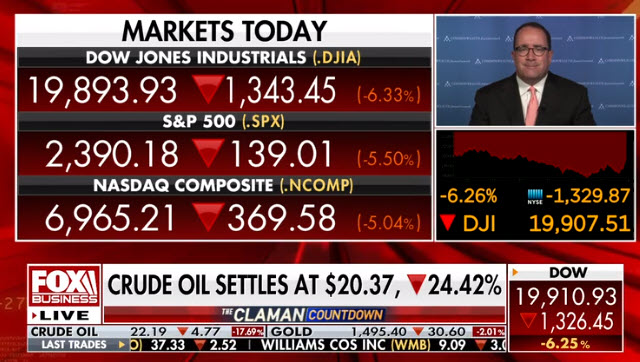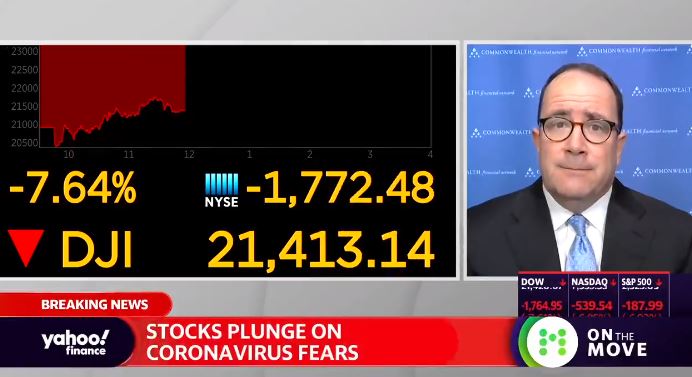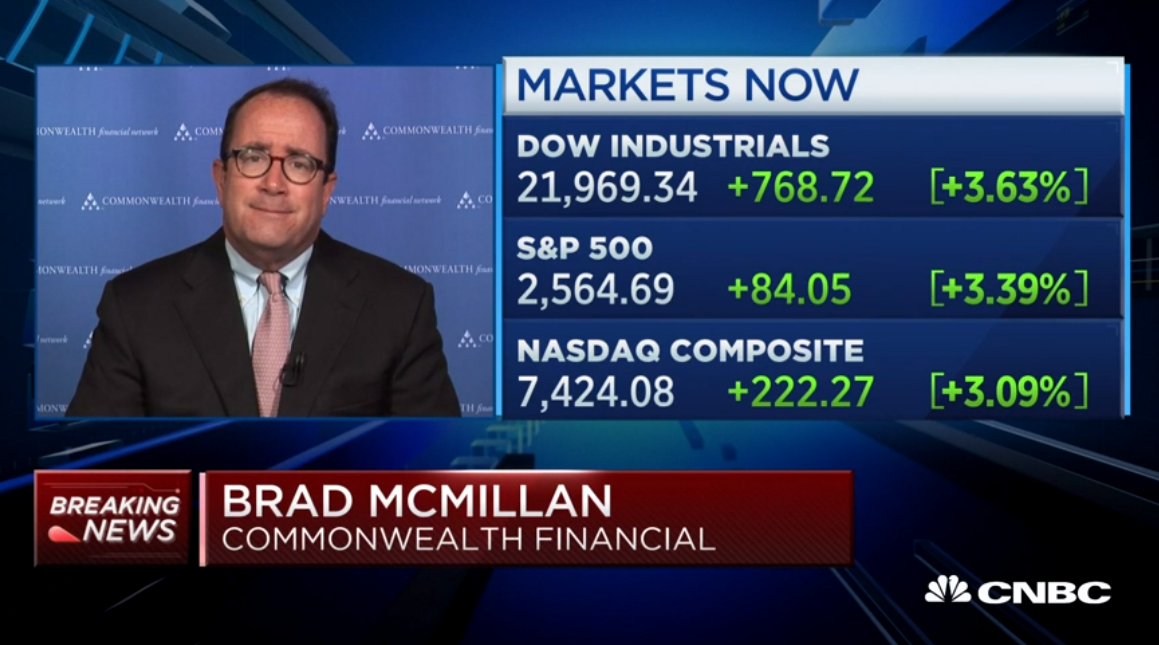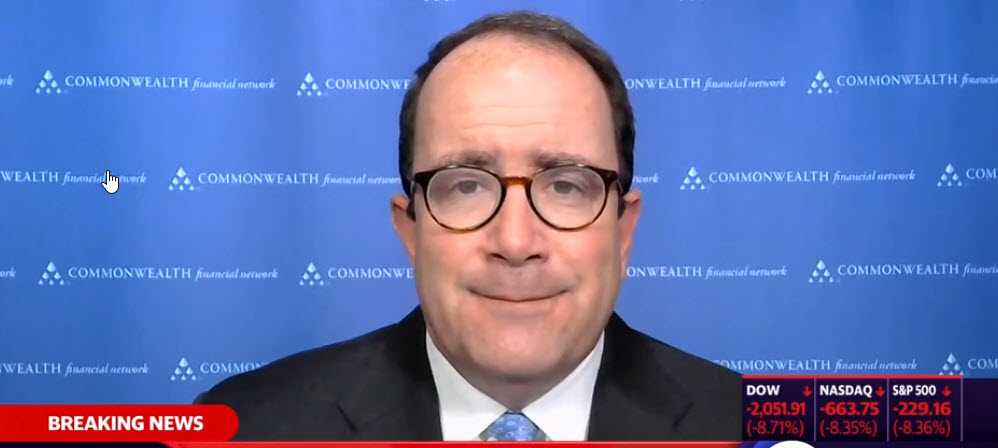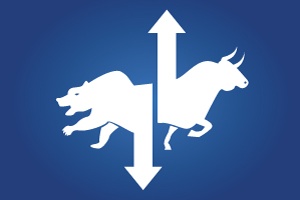Yesterday, we talked about how the coronavirus pandemic itself can be brought under control, and how in many countries it already has been. Here in the U.S., we are not there yet, but we can reasonably expect to get there in the next month or so. That is the good news.



